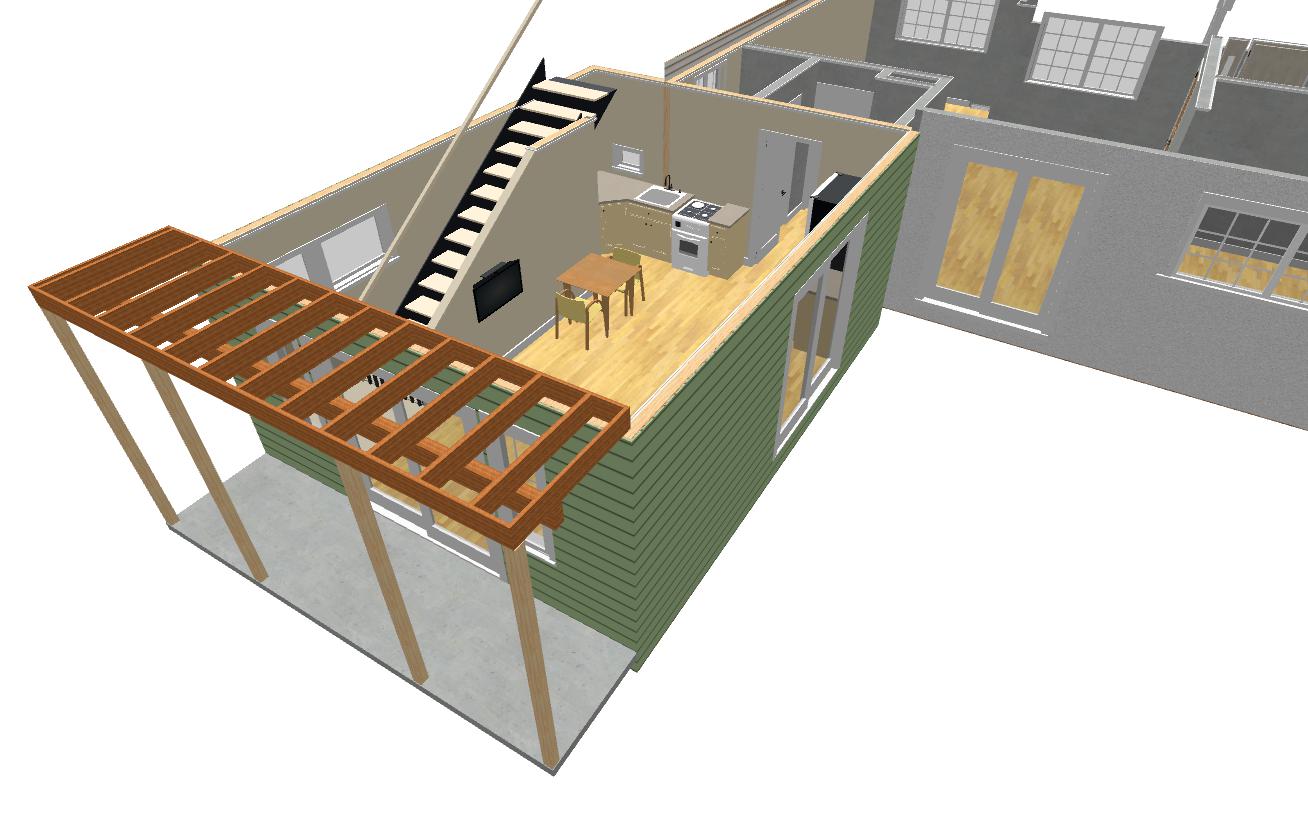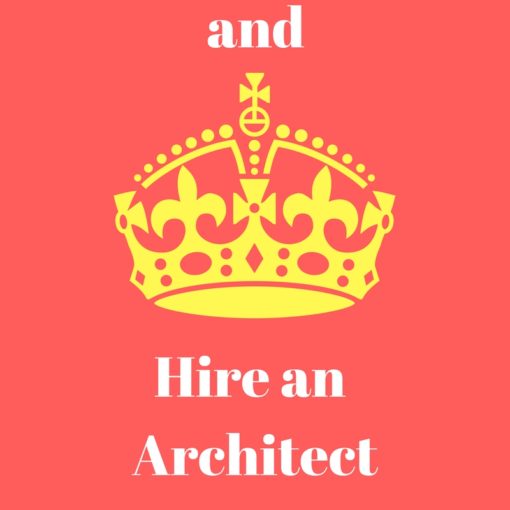I recently saw a horrifying article pop up on my FaceBook feed. It was a news story from Southern California about the largest case of engineering fraud in the history of the state.
In summary, two guys had been holding themselves out as engineers. Using a combination of pirated software and a forged stamp and signature, the two had provided “engineering services” for hundreds of projects in 56 different cities. They had been doing this since 2003. Neither of them was an engineer, nor was their work performed under the direction of an engineer. As a result hundreds of building owners are being notified that their buildings may not be safe. The article suggests that for any of the affected projects, if the drawings these two created cannot be located and reviewed by actual engineers, some buildings may need to be bulldozed. It beggars belief.
I can understand how this happens. They have the software and the forged stamp and signature of a licensed engineer. They can produce convincing documents – both drawings and calculations. Most people, neither clients nor architects, verify if the person who says he or she is an engineer actually is. There prices were probably really competitive.
My guess is that worst case scenario spelled out in the article won’t come to pass for most of the projects. I say this because, unless there was other nefarious activities like bribery to overlook issues, there are simply too many eyes looking at projects before and during construction for anything seriously deficient to get built.
All of these projects had to be submitted to city building departments for permit review. Permit review includes review of the structural drawings and calculations. All of these projects were inspected regularly by building inspectors. While inspectors are only required to verify if the construction coincides with the documents, most that I have met will shut a project down if they don’t think the design complies with the building code. And that doesn’t include the architects, contractors, third party special inspectors, sub-contractors and suppliers who also could have raised questions during both design and construction.
Given the scrutiny permit applications get in the Bay Area, I can’t imagine how anything seriously deficient could get through a permit application process. Plan checkers in the Bay Area are eagle eyed. So are the inspectors.
But the lesson learned is: check your architect and engineer’s status with the state licensing boards. It will only take about 10 minutes, and it could save you a ton of heartache.





